Any screen you say?
Well, yes, but it has to be either a Windows, Mac, iOS or iPad screen. And they have to be on your local network. Aside from that, yes, any screen.
How?
Well, if you’ve been to DigiProTips before you may have heard us talking about the wonder that is NDI. If not, then head straight here:

NDI is going to let us capture a computer screen and send it across our network to OBS Studio (or Wirecast, vMix or any Tricaster for that matter) on another computer, instantly and wirelessly!
That means you can capture gameplay on one PC and let another PC do the heavy lifting of streaming or recording, somewhere else on your network.
This article and many others like it (not published) can be found in our eBook ‘Your Guide to NDI’. The eBook offers and introduction and thorough walkthrough of all the ways you could integrate NewTek NDI into your digital video and audio workflows. Get a copy right here.

What do we need and how do we do it?
DISCLAIMER: This post may contain affiliate links. We make a small commission if you buy the products from these links (at no extra cost to you). As an Amazon Associate, I earn from qualifying purchases. But we only recommend products we would use ourselves. For more information, click here to see our disclosures.
First, make sure your network is up to the task. We suggest a network setup with at least 1Gbps bandwidth to take full advantage of the technology. NDI streams use little CPU power but can use 100Mbps for each stream. We suggest using at least CAT6 ethernet cabling to ensure 1Gbps transfer around your network. Gigabit Desktop switches connecting your hardware for your local network traffic will also secure a stable NDI connection. If your setup requires WiFi or cannot run cables around your location then there is the possibility that gigabit powerline adapters could create a 1Gbps network for you. If you would like extra security over your connectivity then a 10G switch would provide more than enough throughput for NDI streams and the transfer media locally at incredible speeds for post-production. You may want to think about CAT7 ethernet cables for this though to ensure enough bandwidth in your cabling to handle 10G.
The Netgear 8port unmanaged gigabit ethernet switch is a plug and play switch that requires no set up and will provide anough throughput for all your gigabit connected devices.
The TP-Link AV1000 gigabit powerline adapter will provide your home or office with a gigabit network solution where it's not possible to run cables. Simply plug in and connect!

Second, head here and download the NDI Tools pack for your operating system. The Windows package has more applications in it due to Newtek building their software and protocols on Windows architecture but we only need the Screen Capture or Screen Capture HX (previously called NDI Scan Converter) application and the NDI| HX driver for this and they are in both the Windows and Mac packages.
Install the package or the separate Screen Capture app and NDI|HX driver if you are on Mac.
Open up the application, browser window or UI that you are intending to stream across your network to OBS. Then open up Screen Capture (or HX).
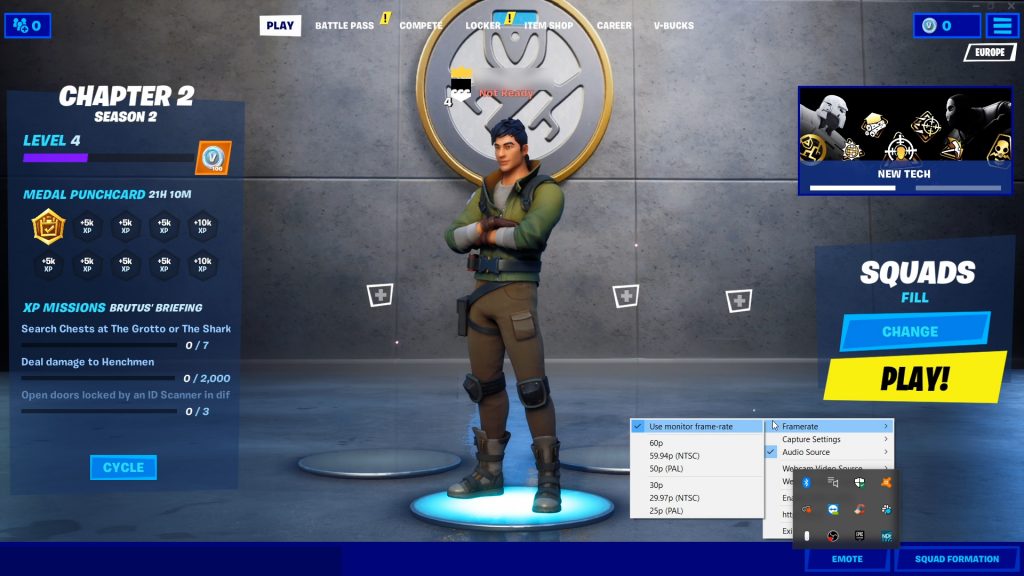
If you are on Windows then once you open Screen Capture the application goes to your system tray and is immediately streaming your screen as an NDI source on your network. You can right click on the icon to change the settings. For Mac it’s slightly different. You need to open Screen Capture and then head to File and choose the application window you wish to stream out. Change your streaming settings in the application preferences.
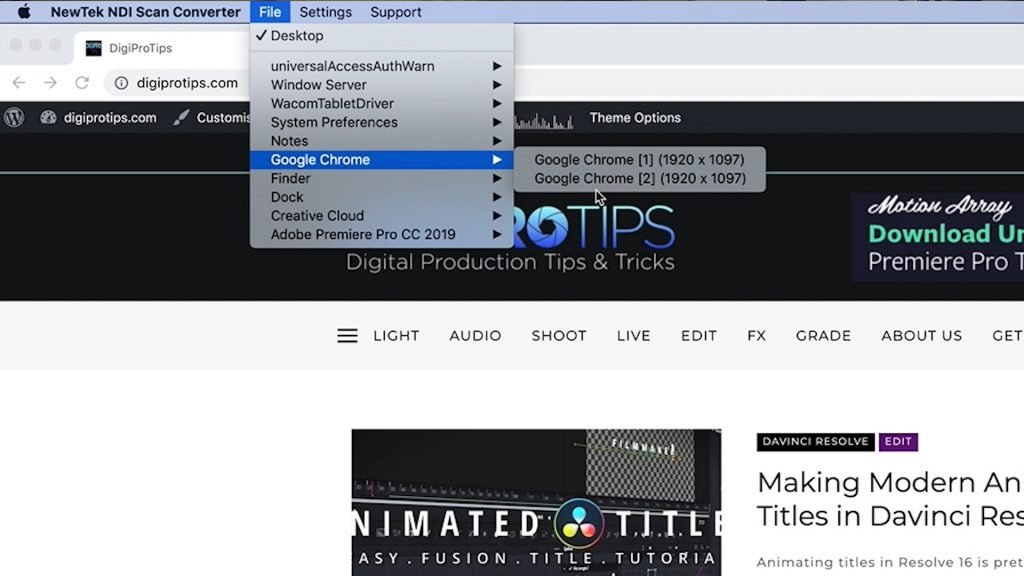
Now for the OBS side of the operation.
Make sure you have OBS studio installed on your OS (at time of writing v25 on Mac has some bugs with NDI, so use v24). Make sure the NDI|HX driver is installed (and for Windows you may need to download and install the NDI runtime).
Install the NDI plugin for OBS available here and then restart OBS if it’s already open.
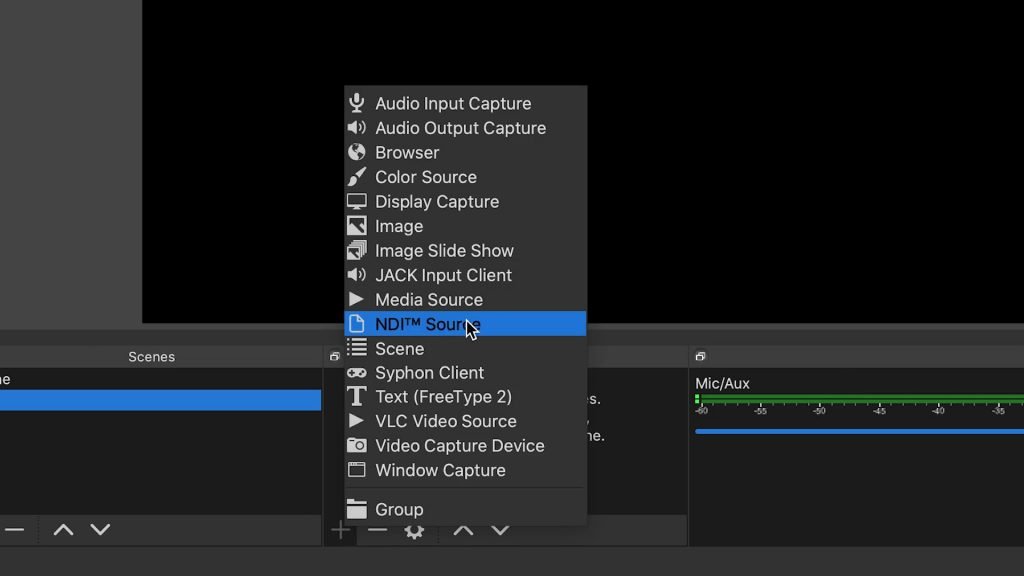
Now start OBS, create a new scene and then click to add a new source in that scene. You should now see ‘NDI Source’ as an available source in the list.
Click ‘NDI Source’ and then name it. A new UI will pop up giving you the option to choose your NDI stream to pull in. You will probably only have one option at this point, which will be your computer running Screen Capture. Later, you will have more to choose from if you also send your iOS screen to OBS over NDI, more on that shortly.
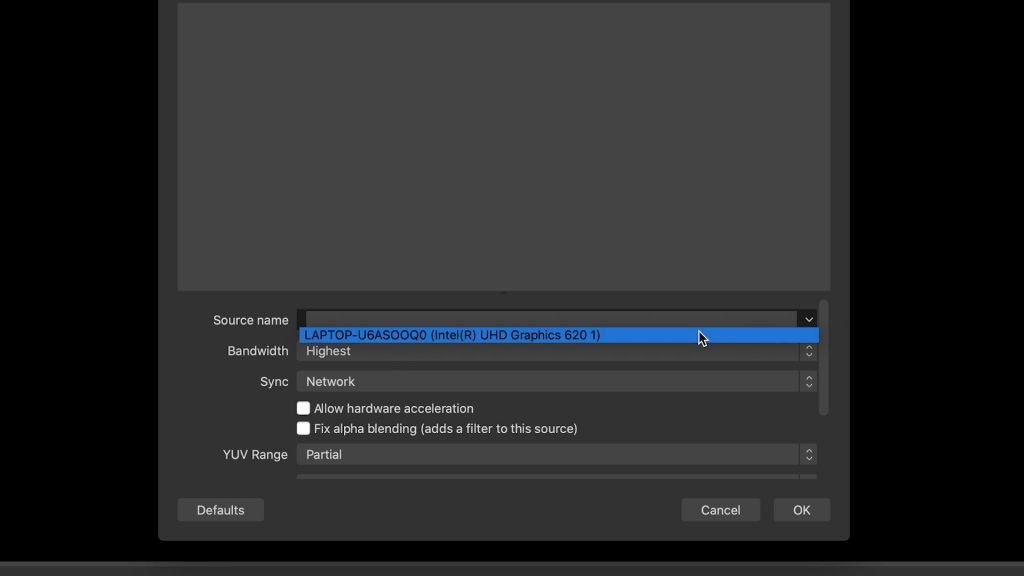
Click your NDI source from the drop down menu and adjust any bandwidth settings you need to. Click Ok and instantly you will see your screen capture screen in the program monitor of OBS.
That is a live picture of your other computer screen coming over your network with no additional wiring required. Pretty powerful hey? You are now free to stream that out, record it or do whatever you want with it.
Sharing an iOS screen to OBS
So, we’ve got sending a computer screen from another computer sorted. How do we go about sending an iOS device screen to OBS?
It’s really rather simple.
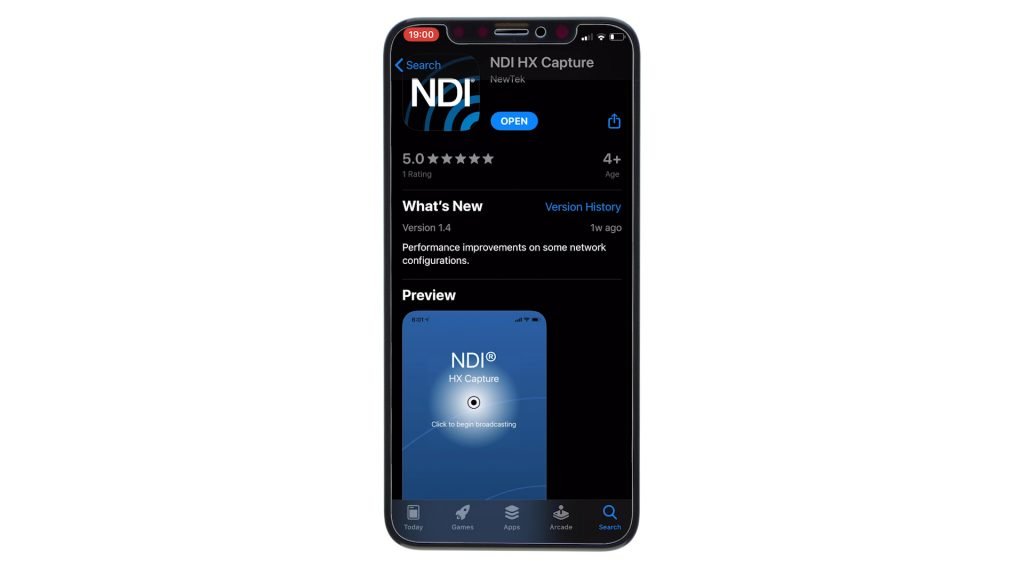
Head to the App Store, search for and install an app called NDI|HX Capture by Newtek.
Open the app once installed and then hit ‘Start Broadcasting’.

Once you have done that you will see a little red icon in the top left of your iOS device screen. Your device is now broadcasting an NDI stream of your screen onto your local network.
Start the app you wish to screen share and your work here is done.
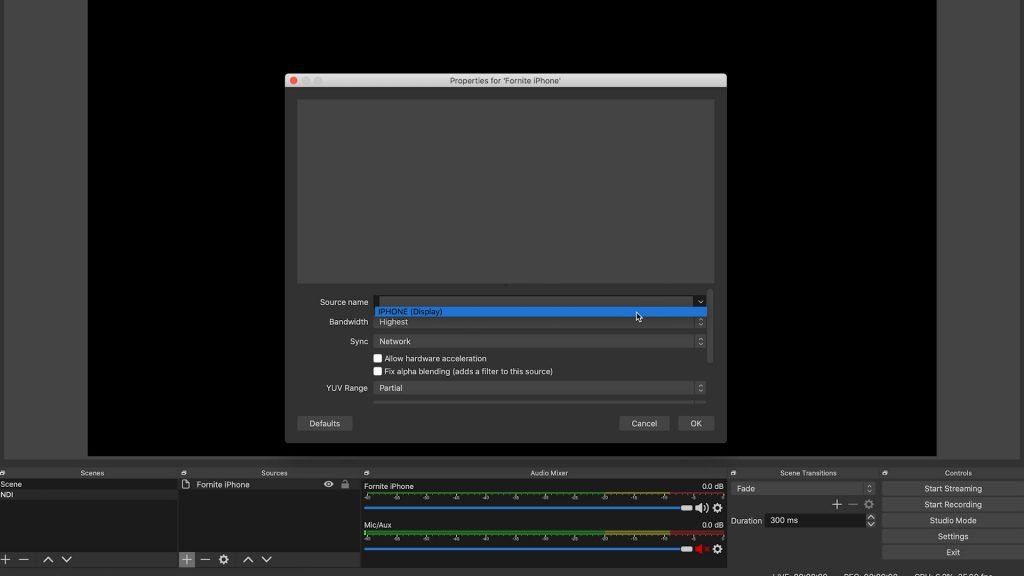
Head back over to OBS Studio and repeat the steps from above to add a new NDI Source. In the dropdown you will now see your iOS device available as a source.
Click ‘Ok’ and it will appear instantly in your OBS Studio program monitor. You will likely need to resize your canvas or the scale of your screen NDI input.
That’s it! You can now use these methods in conjunction with each other to send gameplay, webstreams or pretty much anything to OBS. And with our guide on how to make your iPhone a NDI webcam you can do all that and have a picture-in-picture webcam view too.
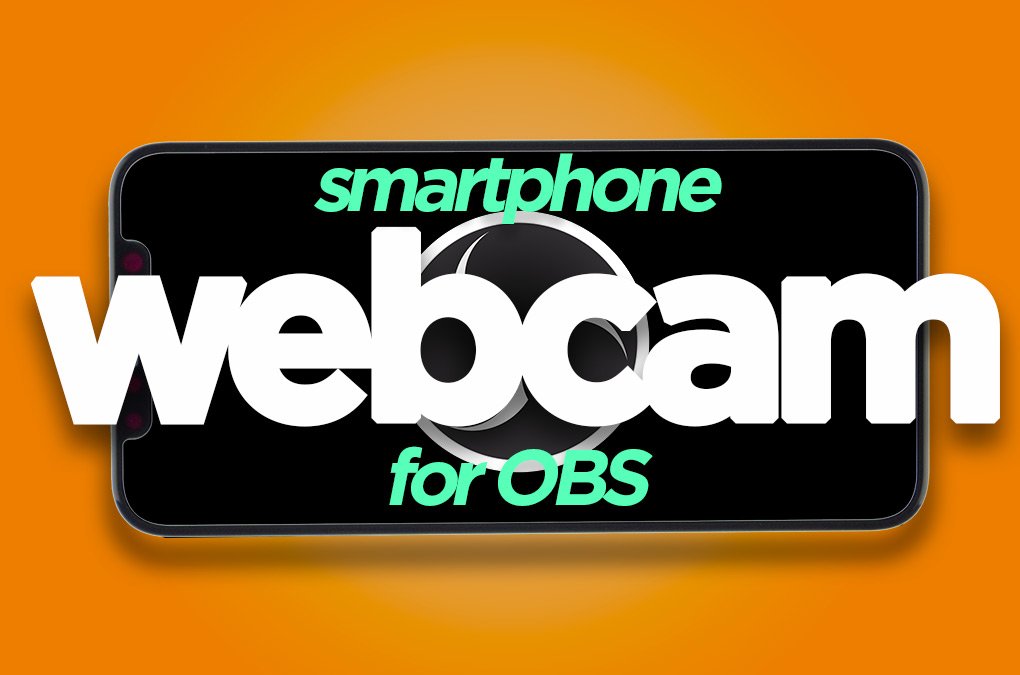
For a more stable connection when using your iOS device as an NDI source you should consider a lighting to ethernet or USB-C to ethernet adapter to transmit your signal onto your local network.
Note. Be sure to get an ethernet adapter with high enough data transmission. The Belkin adapter linked above can move data over a LAN connection to your phone at up to 480Mbps. Most adapters on the market top out at 100Mbps!
For a more in-depth guide to NDI our new eBook ‘Your Guide to NDI’ is available from the DigiProShop.

And if you sign up to our newsletter you can get the first 4 chapters for free right now. Sign up using the form below this post.
DigiProTips



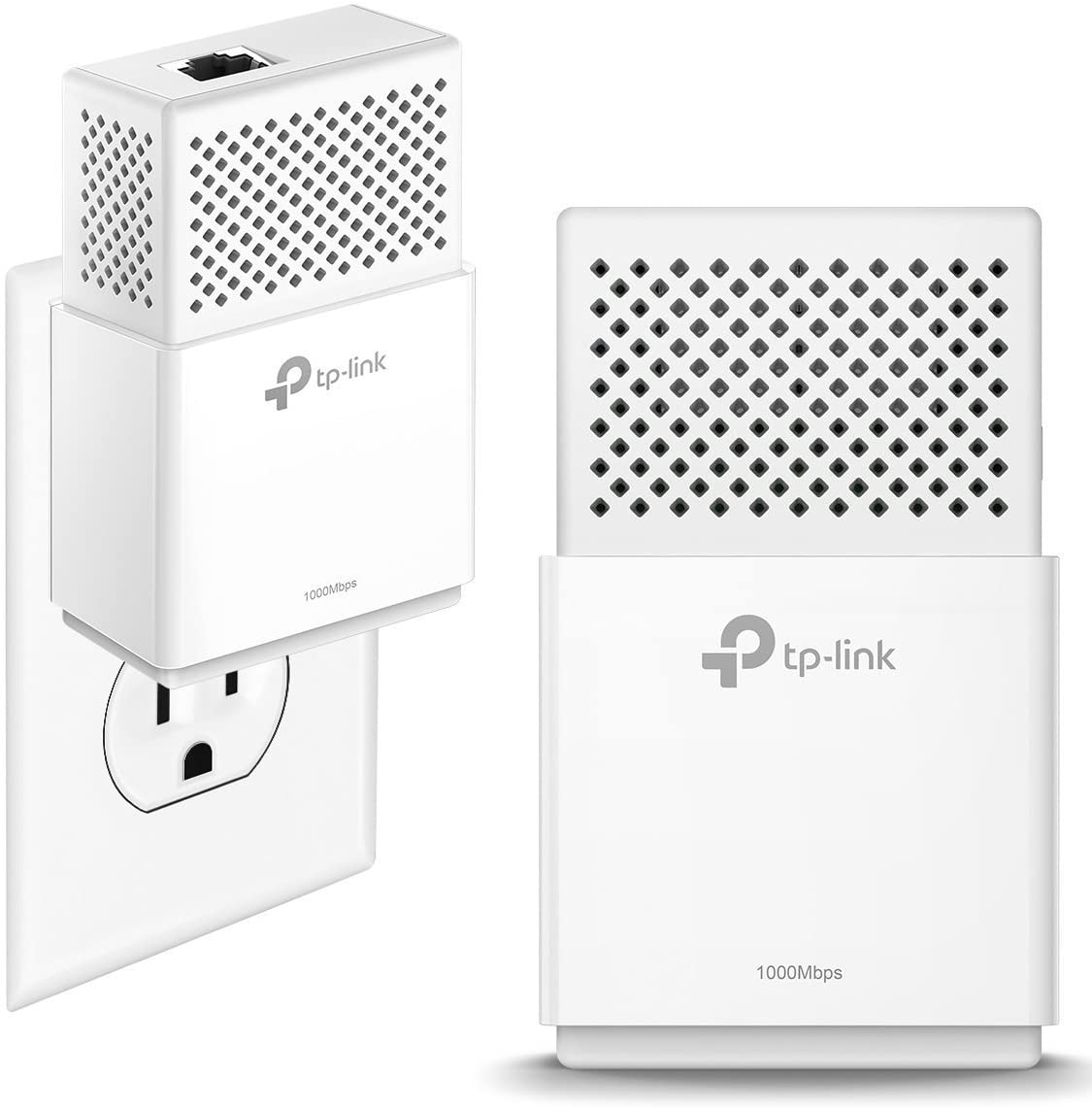

Pingback: An In-Depth Guide to NDI with Adobe, OBS, Mac, Windows and much more! -
Pingback: Use Your Smartphone as a Webcam With NDI and OBS -
Pingback: NewTek Spark or Birddog Alternative? Try NDI Source! -
Pingback: Tricaster - Digital Media Switching & Broadcast 101 -
i can’t be the only one who’s ndi tools download won’t work? i tried and i tried but I won’t receive any download link from newtek. this is so annoying…can anyone bless me with a link pls? 🙏
Hi Mike, only seen this once and it was when NewTek were updating the NDI Tools package. It might be worth first checking your spam/junk mailbox and then if there’s nothing there then contact NewTek. They are usually quite quick at replying.
Unfortunately we can’t host a link to the package here.